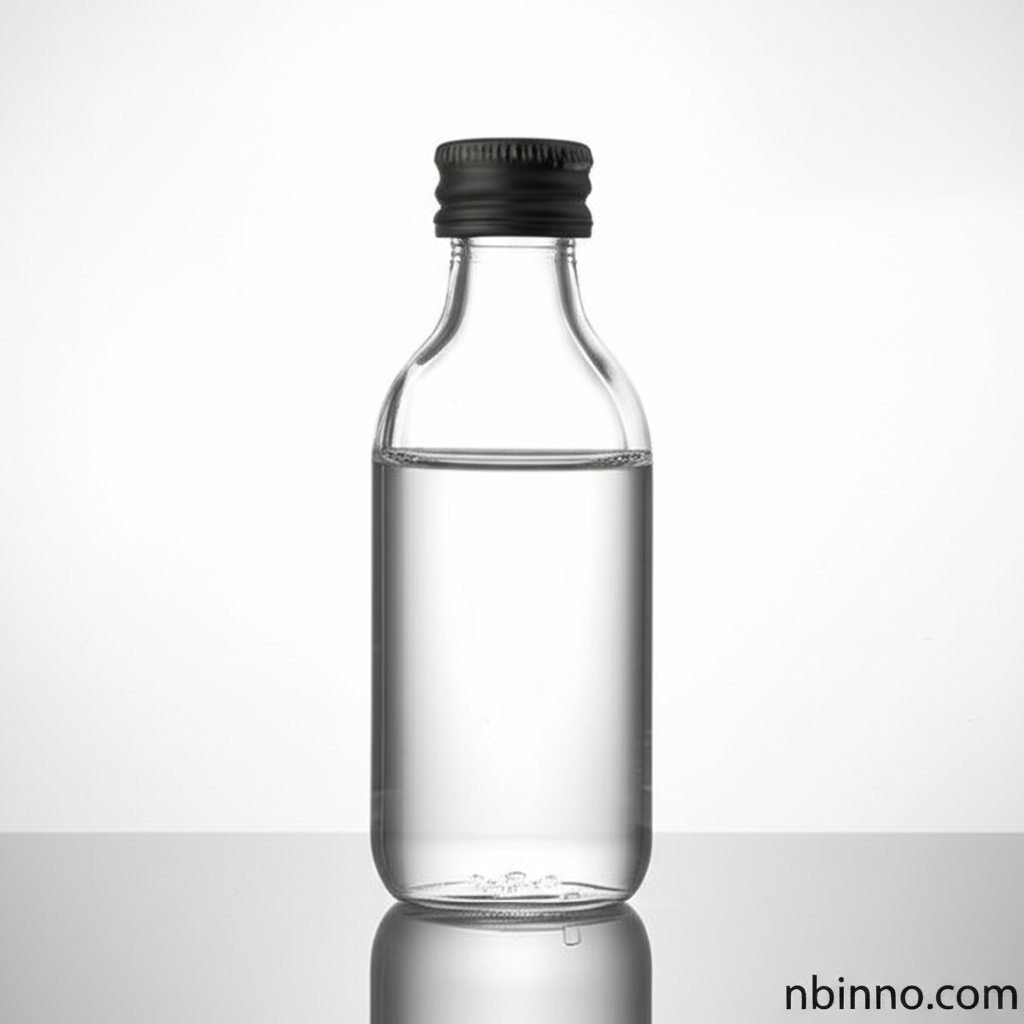High Purity Formaldehyde Solution: Properties, Applications, and Safety
Discover the essential details of formaldehyde solutions, from industrial uses to critical safety measures.
Get a Quote & SampleProduct Core Value

Formaldehyde Solution
This high-purity formaldehyde solution, also known as formalin, is a critical chemical compound with a wide range of industrial and scientific applications. Its primary value lies in its versatile reactivity and efficacy as a preservative, disinfectant, and a key component in the synthesis of numerous essential materials.
- Versatile Chemical Properties: Formaldehyde (CH2O) is the simplest aldehyde, known for its reactivity in polymerization and condensation reactions, making it invaluable for producing synthetic resins like urea-formaldehyde and phenol-formaldehyde.
- Broad Industrial Use: From manufacturing adhesives and insulation to applications in paints, explosives, and even animal feeds, its utility spans across numerous sectors.
- Effective Disinfectant and Preservative: Its biocidal properties make it a staple in laboratories and hospitals for preserving biological specimens and sterilizing equipment.
- Understanding Formaldehyde CAS Number: Knowing the CAS numbers like 50-00-0 and 8013-13-6 is crucial for accurate identification and regulatory compliance in its industrial applications.
Key Advantages
Wide Applicability
Explore the diverse uses of formaldehyde in industries ranging from construction to pharmaceuticals, highlighting its role in creating essential products.
Preservation Power
Its exceptional effectiveness as a preservative ensures the longevity and integrity of biological specimens and other sensitive materials.
Industrial Building Blocks
As a fundamental organic chemical, formaldehyde serves as a crucial building block for many polymers and synthetic resins essential for modern manufacturing.
Key Applications
Resin Production
Formaldehyde is a key component in the production of phenol-formaldehyde, urea-formaldehyde, and melamine resins, which are widely used as adhesives in plywood, particle board, and laminates.
Preservation and Disinfection
Its use as formalin (a 37% aqueous solution) is critical for preserving biological specimens, tissues, and as a disinfectant in medical and laboratory settings.
Textile and Paper Industries
Formaldehyde-based resins are used as finishers to make fabrics crease-resistant and as wet-strength resins in paper products like facial tissues and paper towels.
Chemical Synthesis Intermediate
It serves as a precursor for synthesizing various chemicals, including polyfunctional alcohols like pentaerythritol, used in paints and explosives, and polyoxymethylene plastics.
